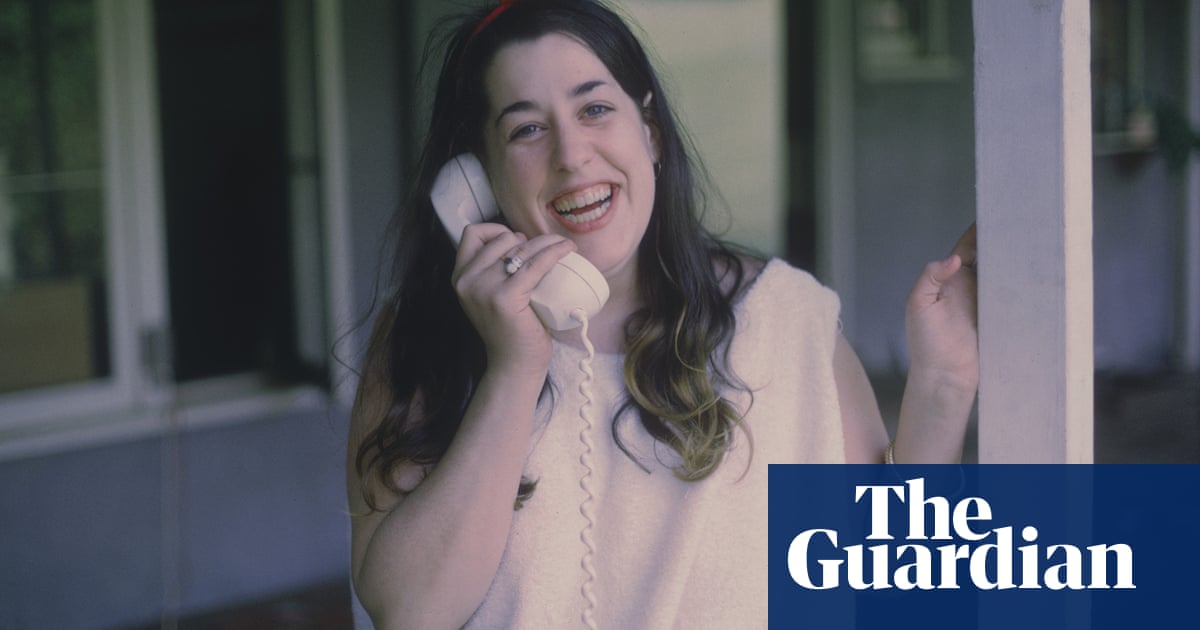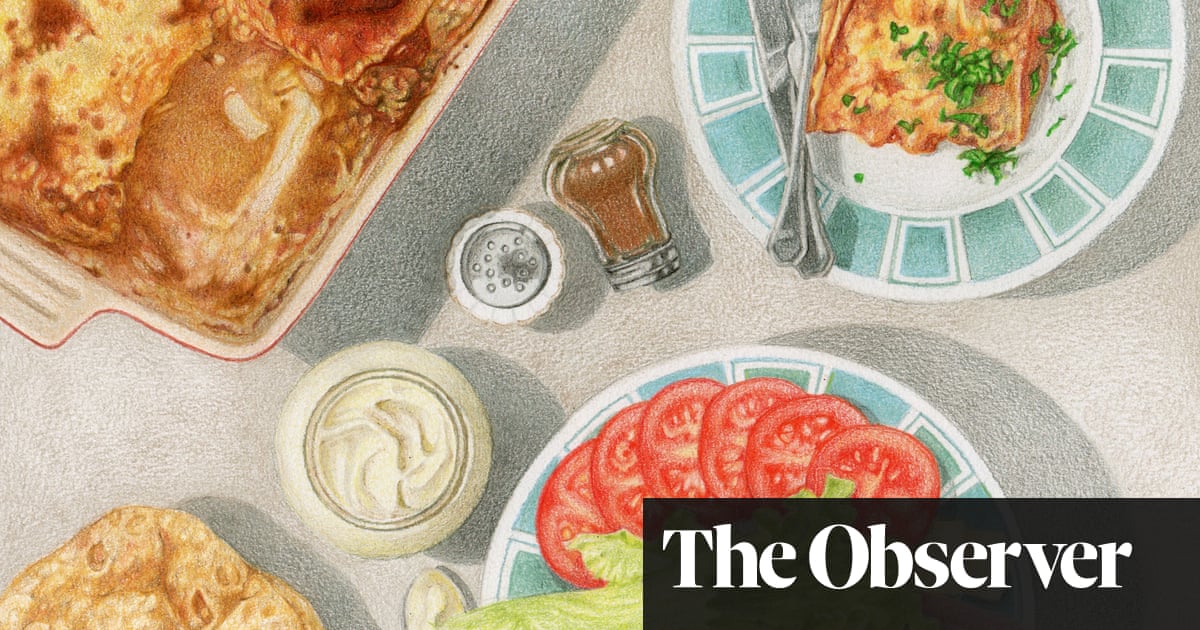
The Great British Bake Off is back! Sales of baking utensils skyrocket when the amateur baking show is on. It appears we’re all cake mad. But I’ve always been mad as a box of doughnuts for cake, long before the GBBO started. In fact, it’s one of my loves – not one of my vices.
Cake and I are friends; we go back a long way. At school, we’d bake in home economics class and sell our creations in the tuck shop – 10p a fairy cake. The whole process felt like alchemy to me: the creaming of butter and sugar, then the eggs, all beaten into a frenzy of delight. That feeling of magic at my fingertips has not left – it is why I love to bake. It’s a good lesson in life: humble beginnings can have majestic ends. Like an ode to a lover, I feel emotional when writing about it. I can smell its perfume and the tantalising sensation of it touching my lips.
Part of its appeal for me is its rich history. Our love affair with cake goes back centuries. Food historians believe carrot cake originated from carrot puddings eaten by Europeans in the middle ages, when sugar and sweeteners were expensive and many people used carrots as a substitute for sugar.
The ancient Egyptians loved baking and the early Greeks were fans of cheesecake. The Romans, apparently, enjoyed early forms of fruitcakes. But it wasn’t until the 19th century that the sponge cake as we know it began to reign supreme.
“The cake was originally two pieces of sponge sandwiched with just jam,” says food historian Samantha Bilton. “The addition of cream came in the 20th century. Queen Victoria mentioned her love for cakes frequently in her journals.” Equally popular these days, is the lemon drizzle cake, usually attributed to Evelyn Rose, who first shared the recipe in the Jewish Chronicle in 1967. “It has lots going for it – light, moist, full of flavour,” says Lisa Smith, owner of Ginger Bakers, adding the wise advice: “If it doesn’t quite work out you can always serve it warm with custard.”
Cakes have a touch of whimsy about them, which I adore – as if they belong in story picture books. Perhaps that’s why they are so nostalgic for me, fragranced with childhood romance. Before my 10th birthday I remember going to the bakery with my mum to order my own. I wanted the “1” to be purple and the “0” to be pink. This was very important; it was the first executive decision I ever made. I have a photo of me beaming at the cake just before I blew out the candles. My friends’ eyes are glazed over with admiration that it came in two colours.
Linked to the whimsical notion of cake is the frivolity of it, which is essential, because life is just too damn serious. Having said that, I like how deadly serious the art of baking can be. In Paris I visited a patisserie that took my breath away. It was vast and gilded, a mini Versaille, with ceilings that were ornate and grand. The cakes and pastries sat in glass drawers as if they were expensive bits of jewellery. The French know that a millefeuille can be a Monet.
For the first time, I felt someone was taking cake as seriously as I did. There was an unquestionable refinement in how it was presented and consumed. I had stepped into a macaron-like pastel- and gold-coloured jewellery box. It was pure romance. I imagined being stretched out on a chaise longue, waiters sashaying around me, carrying silver trays laden with pyramids of delectable delights. This was a seduction of the highest quality.
In spite of the popularity of the GBBO, which Smith thinks is the reason why baking is so popular now for both men and women, there’s no food group we vilify more, that can make us feel so guilty about consuming. Quite rightly we are vociferous about the ethics of certain foods – veal and foie gras, say, but cake? A drama unfolds whenever it’s offered, so much so that eating it can feel like an act of rebellion: “Oh, I really shouldn’t.” There’s a polite dance between the giver and the taker: “Oh, go on.” And then comes the submissive: “OK. Just a small slice.”
We are quick to simplify food as “good” or “bad”. There are plenty of other sugary products out there with a high fat content – why is cake the devil? Perhaps it’s because cake is an indulgence, something we don’t eat when we’re actually hungry and which doesn’t have any real nutritional significance. It is reported that Marie Antoinette callously said, “Let them eat cake!” when French subjects had no bread to eat. Cake exists to simply satisfy desire, and is therefore deemed sinful. A plate of sausages can never look lascivious like a petit fours. Cake is full of flamboyance, dressed up to the nines and wearing stilettos.
While stalking the cakes in the supermarket, a stranger whispered in my ear: “Don’t, you’ll get fat.” My response? I bought two cakes instead of one. As I stuffed my face, I thought about the stranger’s words. Cake, to some, is a reminder that desire needs to be measured with as much accuracy as the ingredients that go into baking one. So much of our morality is projected on to these beautiful and edible works of art. It has somehow become symbolic of all that we see as human weakness: gluttony, greed and sin. To accept a slice has become a moral decision.
Which is where I’d like to introduce one of my heroes. As well as Joan of Arc, Aunt Sally from the 80s kids’ show Worzel Gummidge is inspirational. Aunt Sally agreed to marry ol’ Worzel just so she could eat wedding cake. Like me, she is unapologetic. Her attitude is refreshing, the antithesis to the Hollywood starlets who live torturous measured lives. She’s flawed – and more interesting for it.
For something that’s on the naughty list all year round, cake comes out on our most important days: wedding, birthday, christening. As Bilton says: “Queen Victoria declared: ‘The christening cake was beautiful’ in her journal on 25 January 1842 when writing about her eldest son, Bertie. So I’m guessing, by her reign, christening cake was certainly a thing.”
To me, cutting cake always feels ceremonial, whether it’s my birthday cake or a slice just for me on a rainy Monday afternoon. For all its devilishness, the sharing of cake exudes love. Whenever I came home from university my young aunt, Martha, would entice me to visit her. “I’ll bake you a cake,” she’d say (code for: I love you). As I write these words, I feel tearful, because she died at 36. The first time I helped bake a cake was with Aunt Martha. When I think of cake, I cannot help but think of her and what it means to be loved.
The proverb, “You can’t have your cake and eat it,” seems nonsensical to me, a logical fallacy. What’s the point of cake if you can’t eat it? But I am aware of the deeper meaning: one cannot have two incompatible things. But this is just what cake is: a mixture of the incompatible. We have the happiness (of eating it) and then the remorse (after eating it). So contrary to popular belief, I am pleased to announce: you can have your cake and eat it. Please, go ahead.
Slice of the action: the cake hall of fame
Fairy cake Its history derives from that of the cupcake, which showed up in literature at the end of the 1700s in American Cookery, the first cookbook written by an American, which describes it as “a cake to be baked in small cups”.
Battenberg cake Also called “church window cake” and “checkerboard cake”. One theory of the cake’s origin is that it was created in honour of the marriage of Princess Victoria to Prince Louis of Battenberg in 1884.
Coffee cake Thought to have originated in Europe in the 17th century. Europe at that time was known for its sweet-tasting yeast breads and with the advent of coffee, the recipe for coffee cake evolved.
The new series of the Great British Bake Off is on Channel 4 every Tuesday at 8pm.












